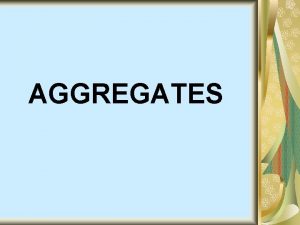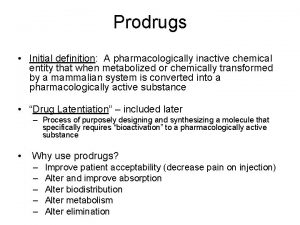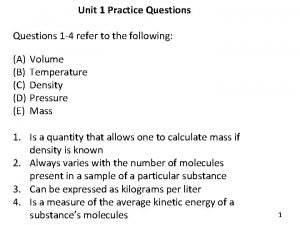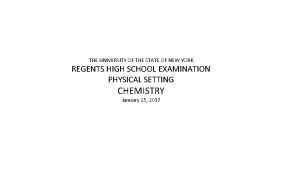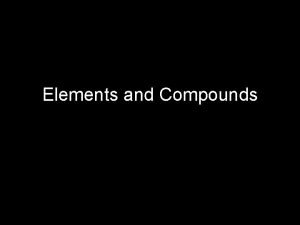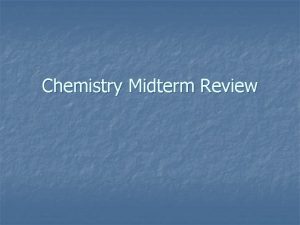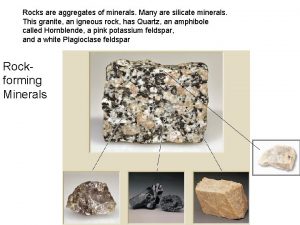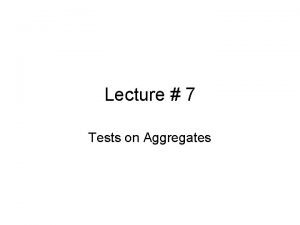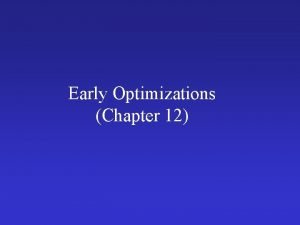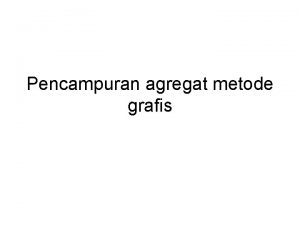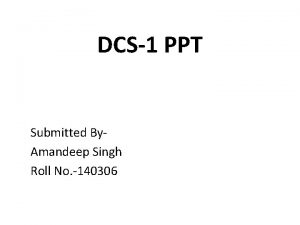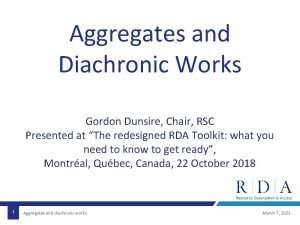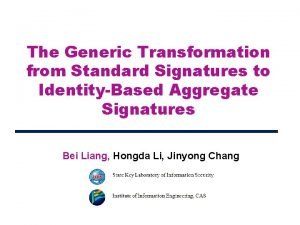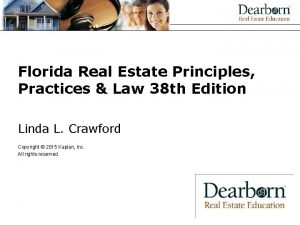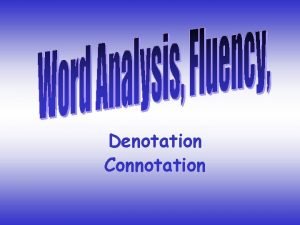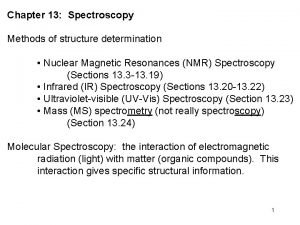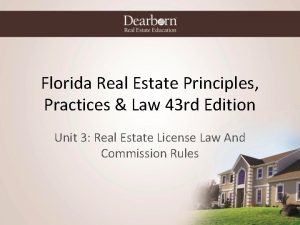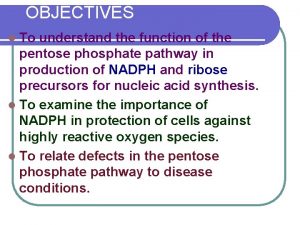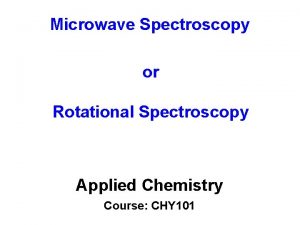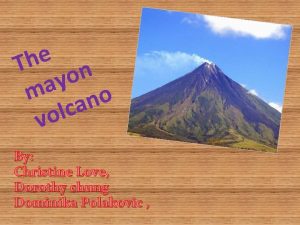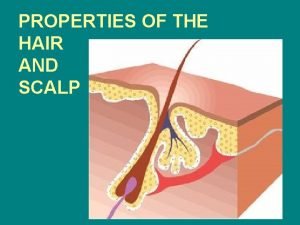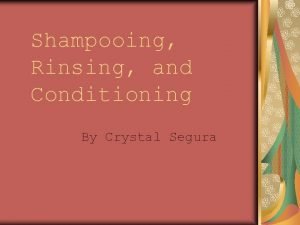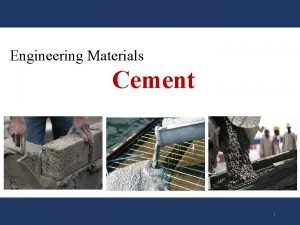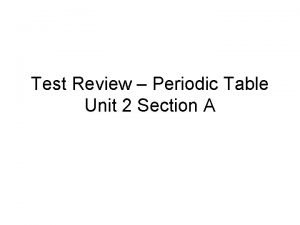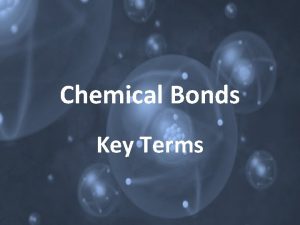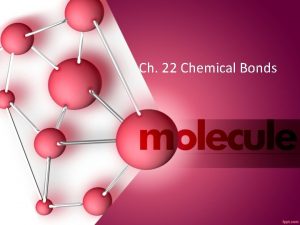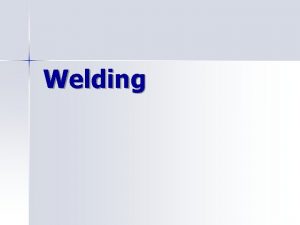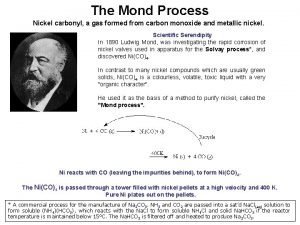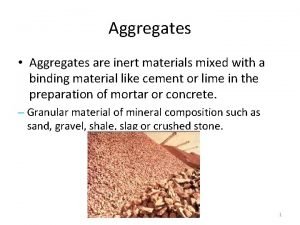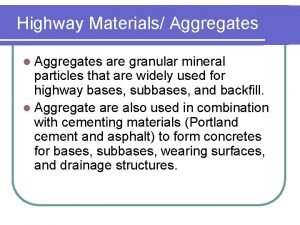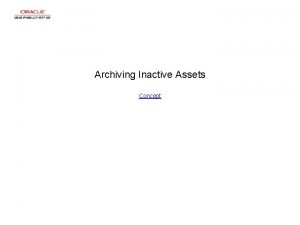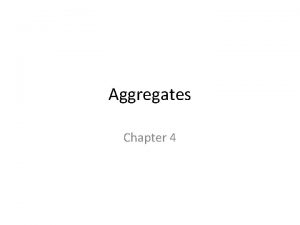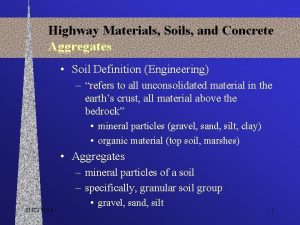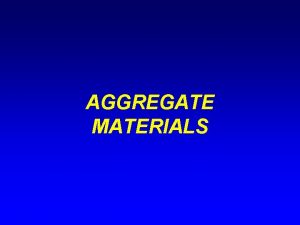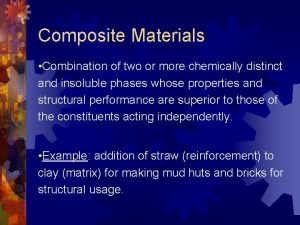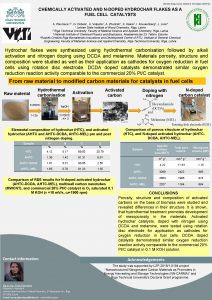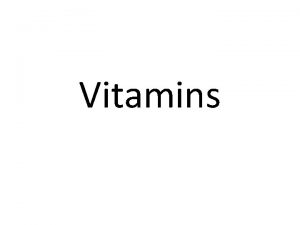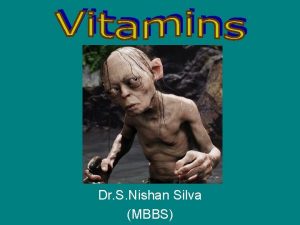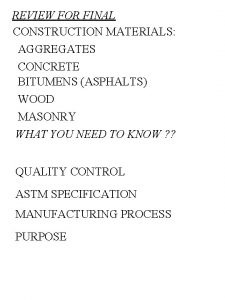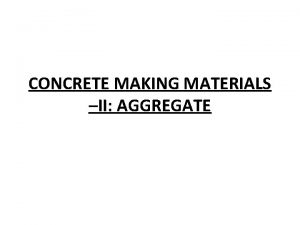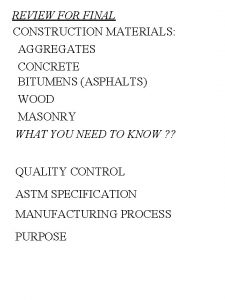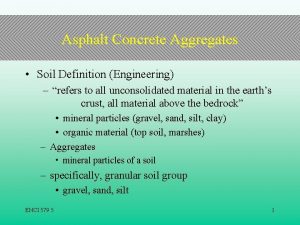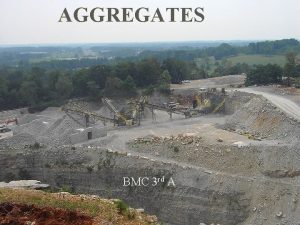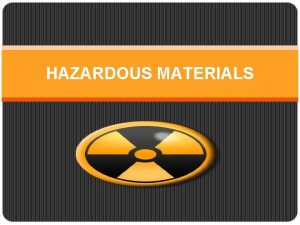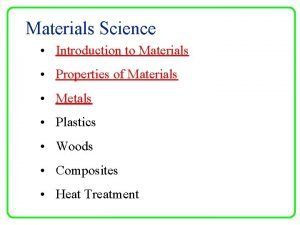AGGREGATES DEFINITION Inert or chemically inactive materials which






























- Slides: 30

AGGREGATES

DEFINITION: Inert or chemically inactive materials which when bonded together with cement forms concrete

� 70% to 80% of concrete is composed of aggregates �Properties of aggregates affect properties of concrete. �Avoids cracking and gives strength to concrete. �Eg: natural sand, gravel, crushed stone etc.

CLASSIFICATION �According to nature of formation Ø Natural aggregates Ø Artificial aggregates �According to size Ø Coarse aggregates Ø Fine aggregates Ø All-in aggregates �According to shape Ø Rounded aggregates Ø Irregular or partially rounded aggregates Ø Flaky aggregates Ø Angular aggregates Ø Elongated aggregates

According to nature of formation Natural aggregates: obtained from natural sources

Artificial aggregates: manufactured from raw materials by fusing in rotary kiln

According to size: Coarse aggregates: retained on 4. 75 mm sieve. max. size for plain concrete – 150 mm max. size for reinforced concrete – 60 mm or less

Coarse aggregates: Graded aggregates Single sized aggregates

Fine aggregates: passing through 4. 75 mm seive and retained on 0. 15 mm sieve.

Fine aggregates: Natural sand Crushed stone sand Broken brick fine aggregate

All – in aggregates �Comes from pit or river bed �Used without seperating into different sizes. �Contains fine and coarse aggregates �Used for unimportant works

According to shape Rounded aggregates: Surface area minimum Concrete requires lesser cement – low strength

Irregular aggregates: natural irregularity due to attrition with rounded edges

Flaky aggregates: usually angular – thickness is small relative to other dimensions

Angular aggregates: - well defined edges - concrete – more cement – high strength and durability

Elongated aggregates: length is considerably greater than other two dimensions concrete – poor quality and less durable.

Sources of aggregates: �Pit Sand �River Sand �Sea Sand

Pit Sand: pits dug at a depth of 1. 5 m to 2 m in soil sharp, angular porous and free from harmful chemicals for making mortar

River Sand: obtained from river beds and banks bright and clear – sharp or rounded for mortar and plastering

Sea Sand: seashores brown and rounded contains salts – not used for construction

Manufactured Sand: manufactured in stone crushers less impurities better control over size and quality

Requirements: �Hard, strong, durable �Should not react with cement or steel �Angular and rough surface �Free from organic substances �Contains stone gravels and sand or in various combinations

Grading of aggregates �Representation of particle size in a sample of aggregates �Good grading – all standard sizes in required proportions �Sieve analysis – determination of proportions of particles in an aggregate by seperation on sieves

Sieve analysis � 80 mm � 40 mm � 20 mm � 10 mm � 4. 75 mm � 2. 36 mm � 1. 18 mm � 600 microns � 300 microns � 150 microns �pan

Sieve analysis

�Weight of residue on each sieve �% weight retained �Cummulative % weight retained �Fineness modulus = WR – sum of cummulative % retained

�Sands are classified as: type Fineness modulus Fine sand 2. 2 to 2. 6 Medium sand 2. 6 to 2. 9 Coarse sand 2. 9 to 3. 2

Based on gradation well graded – good representation of all sizes

Poorly graded: excess of of certain sizes

Gap graded: one or intermediate sizes are missing
 Inert aggregate
Inert aggregate Pharmacologically inactive definition
Pharmacologically inactive definition Which substance can be decomposed chemically
Which substance can be decomposed chemically Which substance can be decomposed chemically
Which substance can be decomposed chemically Which substance can be decomposed chemically
Which substance can be decomposed chemically Which substance can be decomposed chemically
Which substance can be decomposed chemically Rocks are aggregates of minerals
Rocks are aggregates of minerals Uce first grade aggregates
Uce first grade aggregates Sparse conditional constant propagation
Sparse conditional constant propagation Contoh pencampuran
Contoh pencampuran Grading of aggregates ppt
Grading of aggregates ppt Tests on aggregates ppt
Tests on aggregates ppt Gordon aggregates
Gordon aggregates What is specific gravity of concrete
What is specific gravity of concrete Ibas aggregates
Ibas aggregates Law 38
Law 38 Shy favorable connotation
Shy favorable connotation Nmr active and inactive nuclei
Nmr active and inactive nuclei Florida real estate principles practices & law 43rd edition
Florida real estate principles practices & law 43rd edition Why is hmp shunt inactive in muscles
Why is hmp shunt inactive in muscles Rotational motion
Rotational motion Differentiate active and inactive volcanoes
Differentiate active and inactive volcanoes Hair that forms in a circular pattern as on the crown
Hair that forms in a circular pattern as on the crown Hd 101065
Hd 101065 After shampooing chemically treated hair tends to
After shampooing chemically treated hair tends to Classification of cement
Classification of cement Chemically reactive
Chemically reactive A compound that has water chemically attached to it
A compound that has water chemically attached to it Is o2ionic or covalent
Is o2ionic or covalent Tungsten inert gas welding
Tungsten inert gas welding Mond carbonyl process
Mond carbonyl process
